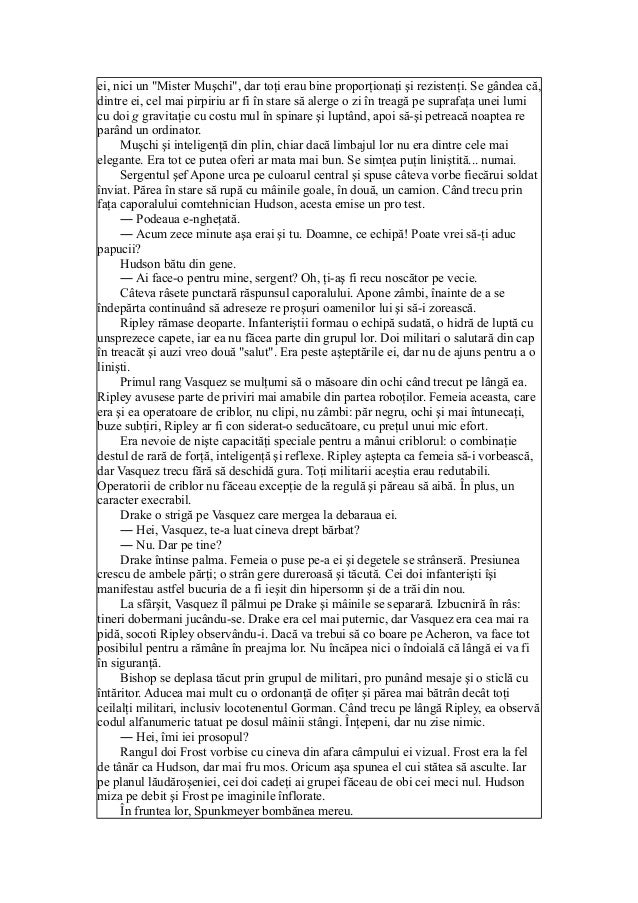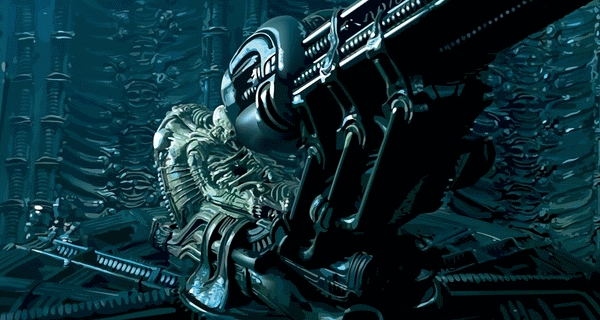

It was a scene ultimately left out of the production to save money, but preserved in book form here.

The alien, as Foster rightly puts it, leaves “an unclean wake”. Foster may not have had access to what Giger and his team were making (he describes the infant Star Beast as a “butchered turkey with teeth” – but he has a total understanding of what makes the scene horrific – its sense of violation. The infamous birth of the alien is as gut-wrenching as it should be, with its arrival accompanied by a “nauseating stench” and “crimson slime”.
#Alan dean foster alien 2 movie#
What happens next is the stuff of movie legend, and Foster synthesises it well in prose form. Foster’s take on the scene is more explicitly violent (“something was pushing insistently at his lips…”), underlining the button-pushing subtexts of Dan O’Bannon’s original script (surviving intact in David Giler and Walter Hill’s rewrites) and HR Giger’s design work. His encounter with the contents of an alien egg is more protracted and grim than Scott’s version in the film, which is over almost before we can register what’s happened.

What Kane ultimately finds, of course, is quite the opposite of a crate of diamonds. His cheerful descent into the bowls of the derelict in search of the jewels he believes are “spilling out of old alien crates down there” undercuts the ominous build-up we see in the film – though not enough to dispel the sense of foreboding entirely. In the book – and presumably, in the draft of the script its details are taken from – Kane is explicitly depicted as an adventurer with a preoccupation with diamonds. In a handful of instances, the novelisation’s tendency to spell out the characters’ inner motivations lessens the impact of some scenes. We may not be able to see HR Giger’s spectacular set designs, but Foster succeeds in conveying not only the derelict ship’s weird, off-kilter shape, but also its unearthly, organic quality (“The ship conveyed the impression of having been grown rather than being manufactured”). The discovery of the derelict alien vessel and the eggs within it differ between book and film – the finding of the huge, long-dead space jockey, which would later inspire Prometheus, is notable for its absence – but the sense of the unknown is masterfully handled. Alien’s premise may be ‘haunted house in space’, but Foster gives his novel a hard-SF-like sheen that makes its slow build-up all the more convincing. Captain Dallas, meanwhile, has a more formal relationship with his crew while at the helm of the Nostromo ship navigator Lambert repeatedly calls Dallas ‘sir’ when responding to orders, emphasising a hierarchy that was only hinted at in the film.Īs the crew prepares to land on LV-426, Foster peppers his prose with detailed descriptions of the stresses the ship undergoes, and the repairs Parker and Brett are making as the planetoid’s atmosphere takes its toll.
#Alan dean foster alien 2 Patch#
Parker and Brett patch up the ageing Nostromo while openly voicing their resentment at the officers’ better pay, while the officers are irked by the engineers’ perpetual disgruntlement.

Foster establishes the uneasy tensions between the officer class on the bridge – Ripley, Lambert, Kane, Ash and Captain Dallas – and the working class engineers Brett and Parker below decks. His book captures the tone of the movie, while also expanding on the drama and tensions between the central characters – not to mention the deadly movements of the alien itself.įoster eloquently introduces his characters in these opening pages, first among them warrant officer Ripley as the most resourceful and insightful member of these truckers in space. Yet Foster, one of the most prolific writers of novelisations and genre novels in general, approached Alien with what feels like great care. Novelisations essentially a marketing tool – released around the same time as the films on which they’re based, they’re written quickly and bundled onto bookshop shelves without much fanfare. The intervening years may have diminished the impact of its bloodiest moments, but the air of astral coldness is still as potent as it ever was.Īlan Dean Foster’s Alien novelisation succeeds in capturing that same chilly essence – quite a feat, given that the author wrote the book in just three weeks, with what appears to be an early draft of the screenplay, and without having seen a photograph of the title creature. Celebrating its 35th anniversary this year, Ridley Scott’s Alien remains a timeless exercise in atmosphere and suspense.


 0 kommentar(er)
0 kommentar(er)
